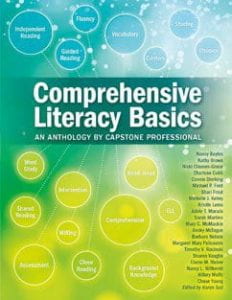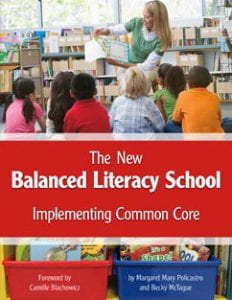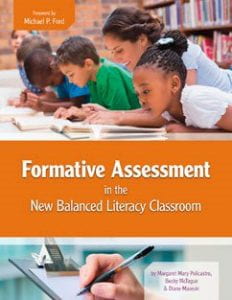By Margaret Mary Policastro, Diane Mazeski, Noreen Wach (Roosevelt University, Chicago, Illinois), and Tom Magers (Broadmeadow Elementary School, Rantoul, Illinois)
 From the Illinois Reading Council Journal, Fall 2019
From the Illinois Reading Council Journal, Fall 2019
Recently, at our Summer Reading Clinic open house, a parent asked if we “ever had success with a student who doesn’t like to read?” As we were thinking of a response, her son, who is just going into 1st grade in the fall, was telling us how much he likes “bones and skulls.” He took out an object from his pocket and showed us a small dinosaur skeleton that he had put together. Collectively, we responded with positive thoughts about how all of these interests would be an important factor for the first day of the clinic and moving forward with him as a reader. On opening day, we had an abundance of books awaiting him about skeletons, bones, dinosaurs, and skulls. We were eager to see how he would respond. Indeed, within minutes of surrounding him with these books, he was totally engaged, curious, and captivated by the informational texts with which he was encircled. The photo in Figure 1 captures the essence of what happens when you match books to students’ interests. In this instance, the student going into 1st grade had access to books that had pictures, diagrams, and illustrations for him to comprehend. One pop-out book dis- played dinosaur skeletons. Since that first day, we noticed how his interest in these topics is both dense and deep—a knowledge base of information far greater than most of his peers.



